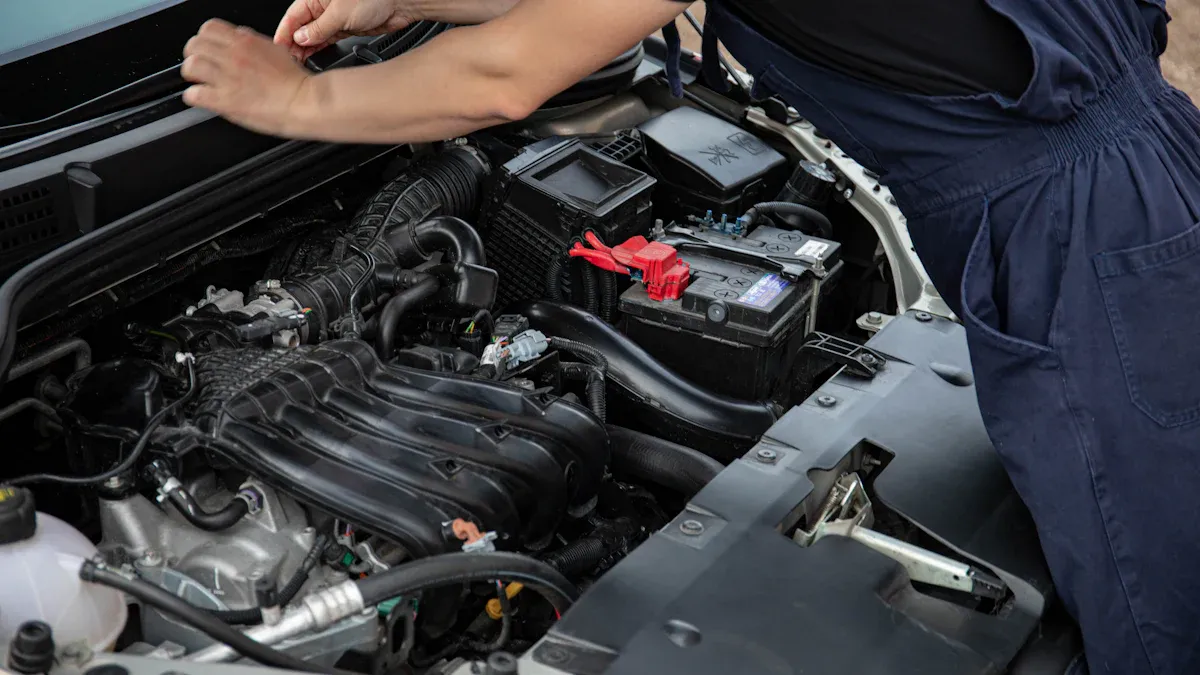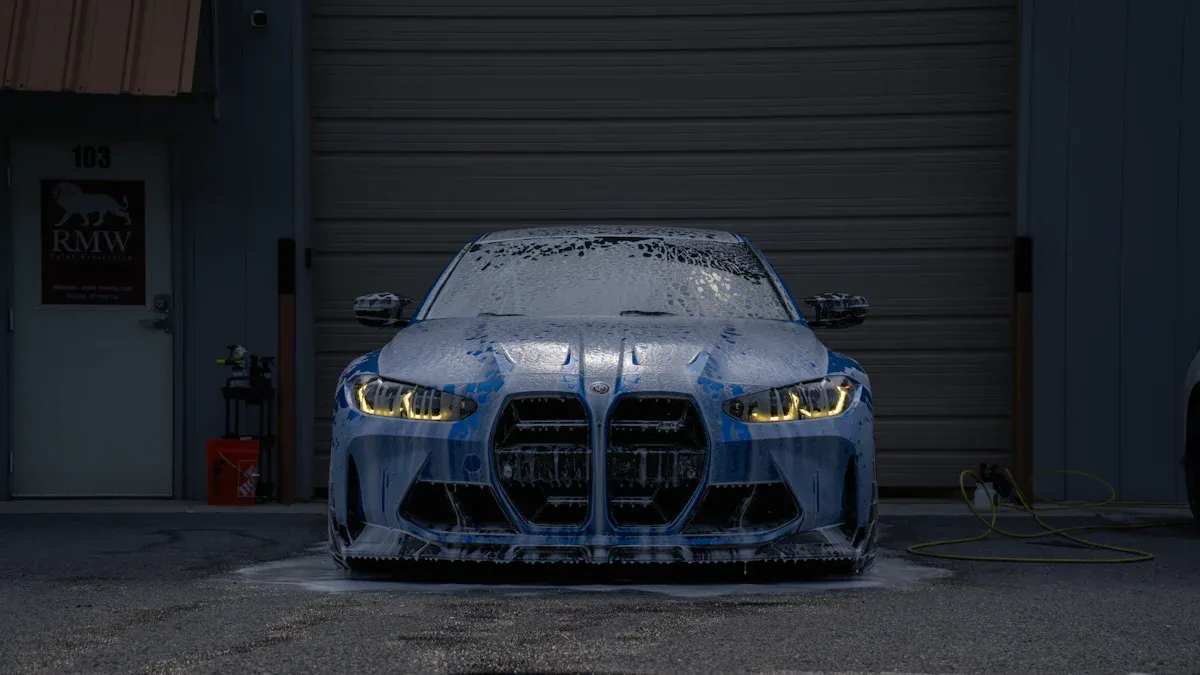
You risk serious engine trouble when you drive with a bad pump seal. A leaking pump mechanical seal allows coolant to escape, which causes your engine to overheat fast. Acting quickly protects your engine and saves you from expensive repairs. Always treat any pump mechanical seal leak as an urgent problem.
Key Takeaways
- Driving with a bad water pump seal causes coolant leaks that lead to engine overheating and serious damage. Fix leaks quickly to avoid costly repairs.
- Watch for signs like coolant puddles, strange noises, engine vibrations, and rising temperature gauges. These warn you of seal failure and engine risk.
- If you suspect a bad seal, stop driving, check coolant levels, and seek professional help promptly. Early repair protects your engine and keeps your car safe.
Pump Mechanical Seal Failure: Symptoms and Warning Signs

Common Symptoms of a Bad Water Pump Seal
You can spot a failing pump mechanical seal by watching for several clear symptoms. When the seal starts to wear out, you might notice coolant leaking around the pump. This leak often leaves puddles or wet spots under your car. Sometimes, you will see water collecting behind the pump, especially in areas that should stay dry.
Other signs include:
- Unusual noises, like grinding or squealing, coming from the pump area
- Vibrations while the engine runs
- Overheating, which happens when coolant escapes and the engine cannot cool down
- Corrosion or rust near the pump-motor connection
- Reduced pump performance, which can make your car’s heater less effective
Wear and tear, contamination, or improper installation often cause these problems. If you notice any of these symptoms, you should act quickly to prevent further damage.
Warning Signs to Watch For
Some warning signs can help you catch pump mechanical seal failure before it causes major trouble. You should pay attention to:
- Increased vibration, which can mean loose parts or internal damage
- High bearing temperature, which may result from oil breakdown or low oil levels
- Unusual noises or recurring leaks
- Water or coolant pooling in places that should stay dry
| Warning Sign Category | Critical Indicator |
|---|---|
| Vibration | Exceeds normal range (A-2 Alarm) |
| Bearing Temperature | Higher than usual due to oil or hydraulic issues |
| Mechanical Clearances | Double the factory tolerance limits |
| Impeller Wear Ring Clearance | Over 0.035 inches (0.889 mm) |
| Shaft Mechanical Run-out | Over 0.003 inches (0.076 mm) |
Early detection of these warning signs helps you avoid costly repairs and keeps your vehicle safe. Monitoring your pump mechanical seal and acting on these signs can extend your car’s life.
Risks of Driving with a Bad Water Pump Seal

Engine Overheating and Damage
When you drive with a bad water pump seal, your engine cannot stay cool. The pump mechanical seal keeps coolant inside the system. If this seal fails, coolant leaks out and the engine overheats. Overheating can cause serious problems that may ruin your engine. You might face:
- Warped engine parts, such as the cylinder head or engine block
- Damaged head gaskets, which can lead to coolant mixing with oil
- Complete engine seizure, which means the engine stops working
A failing water pump bearing also makes it hard for the pump to move coolant. This leads to even more heat and damage. You may notice coolant leaks, strange noises, or the temperature gauge rising. Fixing the pump mechanical seal early costs much less than replacing an engine. Engine replacement can cost between $6,287 and $12,878 or more. Regular checks and quick repairs help you avoid these high costs.
Potential for Sudden Breakdown
A bad water pump seal can cause your car to break down without warning. When coolant leaks out, the engine can overheat very quickly. You might see steam coming from under the hood or warning lights on your dashboard. Sometimes, the engine may shut off to protect itself from damage. This can leave you stranded on the side of the road.
Post time: Jul-09-2025




